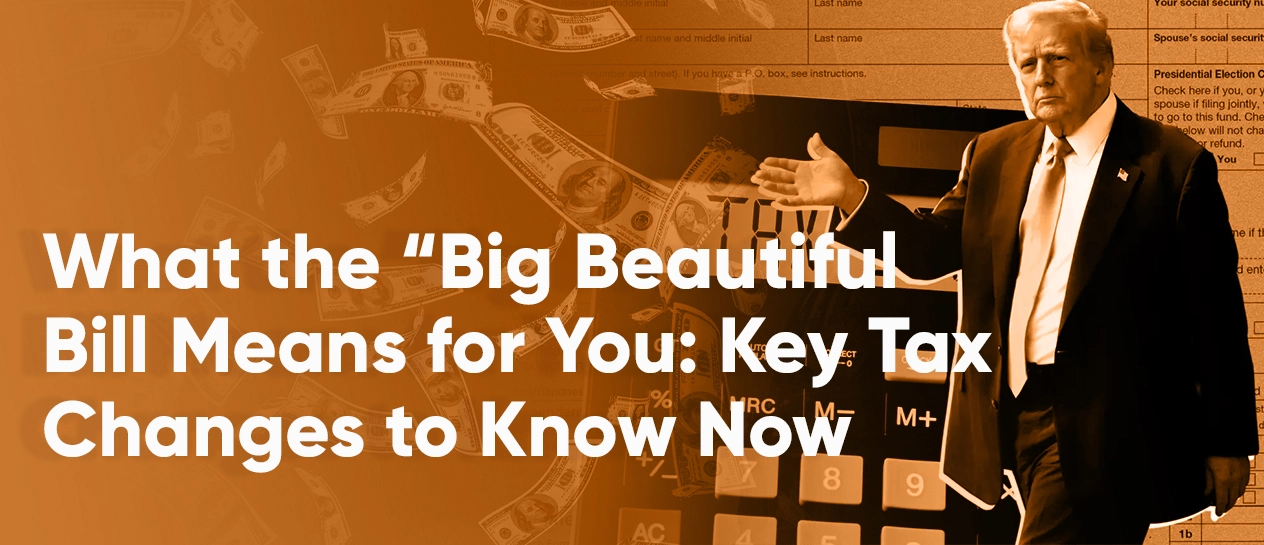House Ways and Means Committee Chairman Richard Neal (D-MA) on September 15 approved its sections of the $3.5 trillion infrastructure bill that mostly addresses social issues and plans to pay for them with tax increases on the wealthy and corporations.
Chairman Neal’s tax increase proposals are projected to raise federal revenues by more than $2 trillion over 10 years, according to estimates by Joint Committee on Taxation staff.
We have mentioned below a summary of selected individual, retirement, corporate tax, and estate/gift tax proposals. The increase in tax rates for long-term capital gain and the reduction in the exclusion percentage for sales of qualified small business stock sold by taxpayers with an adjusted gross income (AGI) of at least $400,000 have retroactive effect.
Individual Tax Proposals
- Increase in the top individual tax rate from 37% to 39.6%, applicable to joint filers with taxable income over $450,000, to heads of households with taxable income over $425,000, to unmarried individuals with taxable income over $400,000, to married filing separate returns with taxable income over $225,000, and to estates and trusts with taxable income over $12,500.
- New 3% tax surcharge for taxpayers with “modified AGI” in excess of $5,000,000 (or $2,500,000 for married filing separately). Modified AGI means AGI reduced by any deduction allowed for investment interest.
- Increase in the top tax rate for long-term capital gain (LTCG) and qualified dividend income (QDI) from 20% to 25%, starting for LTCG and QDI recognized after September 13, 2021.
- Expand constructive sales rules (§1259) to include digital assets such as cryptocurrencies and wash sale rules (in §1091) to include commodities, currencies, and digital assets.
- Expansion of net investment income (NII) tax to cover NII derived in the ordinary course of a business for taxpayers with more than $400,000 in taxable income (single filers) or $500,000 (joint filers), as well as for trusts and estates.
- Qualified business income (QBI) deduction capped at $500,000 for joint filers, $400,000 for single filers, $250,000 for married filing separately, and $10,000 for a trust or estate.
- Qualified Small Business Stock (QSBS)-75% and 100% exclusion rates apply only to taxpayers with AGIs of less than $400,000. 50% exclusion remains available for all taxpayers. These changes are retroactive to sales and exchanges after September 13, 2021, subject to a binding contract exception.
Retirement Accounts Tax Proposals
- No contributions to an IRA or a Roth IRA are permitted during a taxable year if the balance in the account exceeds $10 million as of the end of the prior taxable year. This applies to single taxpayers (or married filing separately) with taxable income over $400,000, joint filers with taxable income over $450,000, and heads of households with taxable income over $425,000 (all indexed for inflation).
- New annual employer reporting requirement for defined contribution plans with balances in excess of $2.5 million.
- Elimination of back-door Roth conversion strategies for high-income taxpayers, e., nondeductible contributions to an IRA followed by a conversion to a Roth IRA. Applies to distributions, transfers, and contributions made in taxable years beginning after December 31, 2031, and prohibits all employee after-tax contributions in qualified plans, and after-tax IRA contributions, from being converted to Roth regardless of income level, effective for distributions, transfers, and contributions made after December 31, 2021.
- New minimum required distributions for IRAs, Roth IRAs, and defined contribution retirement accounts in taxable years following a year where the ending account balance exceeds $10 million. Applies to joint filers with taxable income over $450,000, and others as listed above.
- Prohibits investments in IRAs where the issuer requires the IRA owner to have certain minimum asset or income levels, such as being an accredited investor. Applies to tax years beginning after December 31, 2021, but there is a 2-year transition period for IRAs already holding these investments.
Corporate Tax Proposals
- Replaces flat 21% tax with a graduated structure: (i) 18% on first $400,000 of income, (ii) 21% on income up to $5 million, and (iii) 26.5% on income thereafter. The benefit of the graduated rate phases out for corporations making more than $10 million.
- No graduated tax rates for personal service corporations.
- International tax changes, with various effective dates, that include provisions related to global intangible low-taxed income (GILTI), foreign-derived intangible income (FDII), the base erosion and anti-abuse tax (BEAT), subpart F in general, and limits on interest deductions;
Estate and Gift Taxes
- Reduction in lifetime unified credit from $11,700,00 to $5,000,000 per individual, indexed for inflation.
- Increase in allowable reduction from $750,000 to $11,700,000 for qualified real property used in a family farm or family business. This reduction allows decedents who own real property used in a farm or business to value the property for estate tax purposes based on its actual use rather than fair market value.
- New provision would include a grantor trust in a decedent’s taxable estate when the decedent is the deemed owner of the trust. Also, sales between grantor trusts and their deemed owners are treated as sales to a third party. These new provisions apply only to future trusts and future transfers.
- Elimination of valuation discounts for transfer tax purposes when a taxpayer transfers nonbusiness assets. Nonbusiness assets are passive assets that are held for the production of income and not used in the active conduct of a trade or business.
Carried Interest under §1061 Tax Proposals
Extends from 3 to 5 years the holding period required for gain to qualify for long-term capital gain treatment. Retains the 3-year holding period for real property trades or businesses and taxpayers with an AGI less than 400,000. Extends §1061 to all assets eligible for long-term capital gain rates.
New rules for measuring the 3- or 5-year holding period, including in the context of tiered partnerships. Modifies the rules applicable to sale or exchange transactions. Extends regulatory authority to IRS to address carry waivers and arrangements that avoid the purposes §1061.
Permits S corporations to reorganize into partnerships without triggering tax on the liquidation. Applies to any corporation that was an S corporation on May 13, 1996, and the S corporation must completely liquidate and transfer substantially all of its assets and liabilities to a domestic partnership during the two-year period beginning on December 31, 2021.
Conclusion
There are so many divergent factions within the Democratic party, and there is expected to be a lot of horse-trading until a final agreement is reached. As you know the legislative process is messy.



